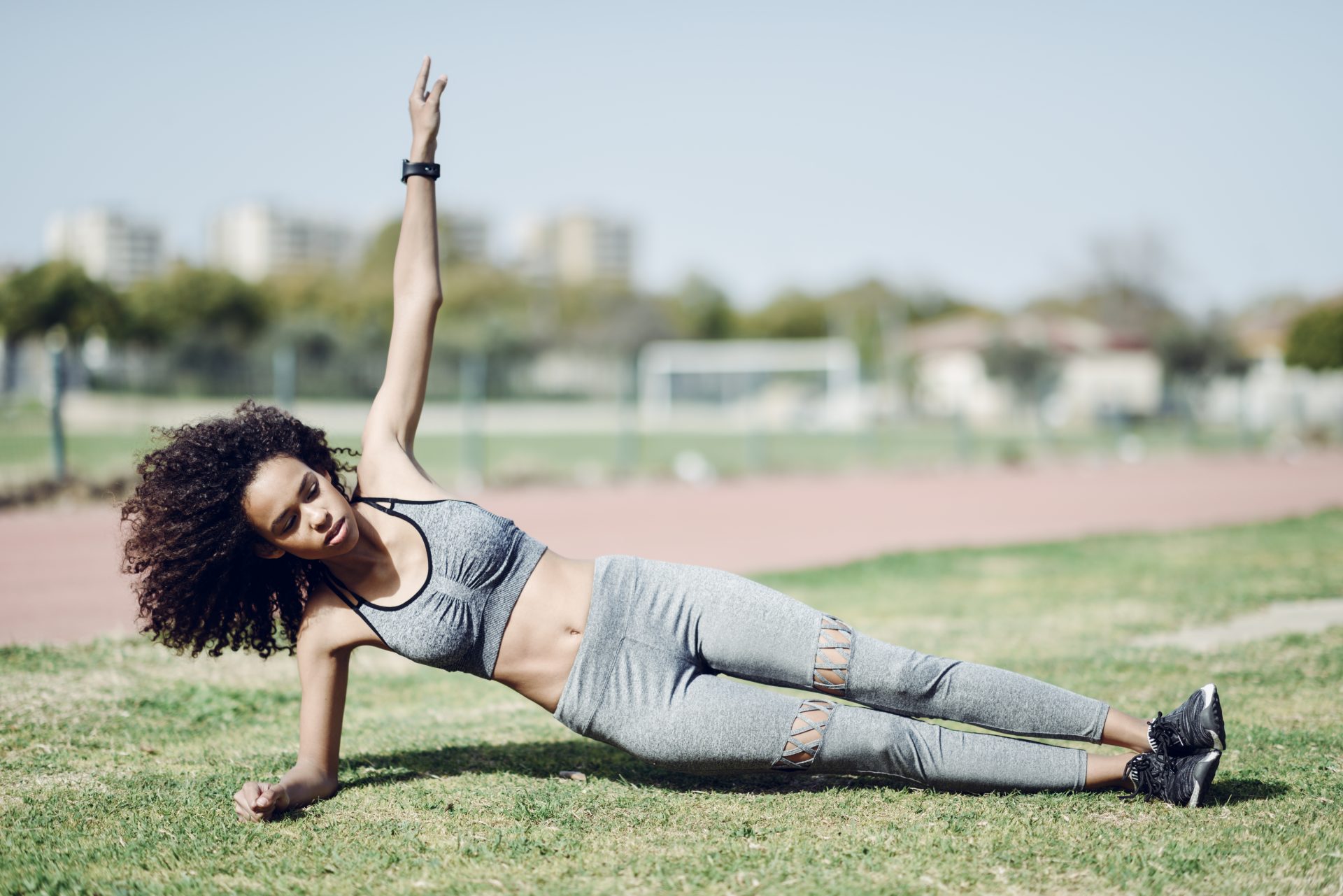4 plank variations to strengthen all of your core
Bored of planking? Mix up your training with these variations – and reap the benefits.
What is your go-to exercise when it comes to working your core? For so many of you, the answer will be a plank. It’s a great answer: the plank is a compound exercise that target all of the muscles in the abdomen as well as the chest, shoulders and even the glutes.
However, if your goal is to strengthen the entirety of your core and work the smaller muscles to support you in big lifts, you might want to consider other variations of a plank.
“Plank variations are a great way to challenge your body in different ways,” says Aimee Long, personal trainer and pilates teacher. “As our body is always adapting, we need to slightly change moves through regressions and progressions to constantly progress. Variations also add further challenges as they shift the emphasis onto other muscles in and outside the core.”
You may also like
How to do a side plank correctly, according to a trainer
So, if you’ve been on your planking journey for some time and feel pretty comfortable with holding the original isometric move (we salute you) then switching it up with these moves could do you the world of good. Here are some variations we recommend…
Side plank
Turning on your side will give a lot of attention to the obliques. That’s important if you’re wanting to nail moves like pull-ups, where the oblique muscles support your lats to get you over the bar. But strong obliques also crucially support our lower backs. “Side planks also help improve shoulder stability and are seen as a great plank progression,” says Aimee.
Lie on your right side with your right forearm flat on the floor, elbow under your shoulder and legs extended in a straight line. You can either have your left foot on the floor behind your right, or have it balancing on top – it depends on how good your balance is.
Lift your hips off the floor and hold in that position.

Hip dips
As you become stronger in the side plank, you can add hip dips to make the move dynamic and work on stabilisation and power. For these, raise your hips up from the floor and lower back down while keeping your core engaged, shoulders back and legs in line.
Leg raises
Work on your hip stability and balance by addinga left lift. In your forearm plank position, take it in turns to raise one leg a few inches off the ground. Be sure to keep your core really engaged so that nothing else is moving apart from the lifting leg – your hips shouldn’t be twisting as you switch legs. Keep your feet flexed to switch on your leg muscles too.
It’s not about smashing out as many as possible but smooth, controlled movements.
Shoulder taps
Again, this is all about stability, making sure not to move through the upper body or collapse through the hips as you take one hand off the floor. “This is more tasking on the shoulders and wrists and can also be used to elevate the heart rate,” says Aimee.
In your hand plank position, tap alternate shoulders while keeping the rest of your body completely still. Again, the key here is to stop the hips from rotating so you’ll need to lock those core muscles, tighten your glutes and switch on the hamstrings.
Follow @StrongWomenUK on Instagram for the latest workouts, delicious recipes and motivation from your favourite fitness experts.
Images: Getty
Source: Read Full Article
